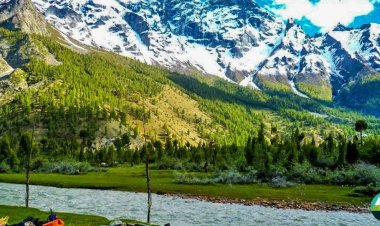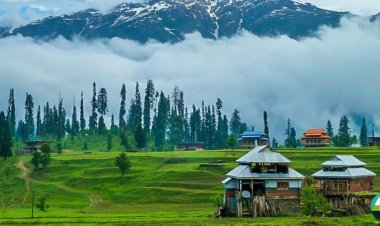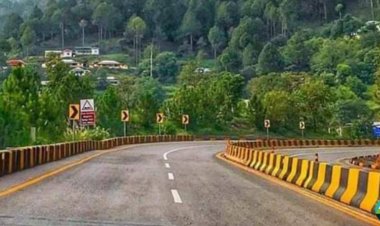Top 6 Must-Visit Places in Peshawar
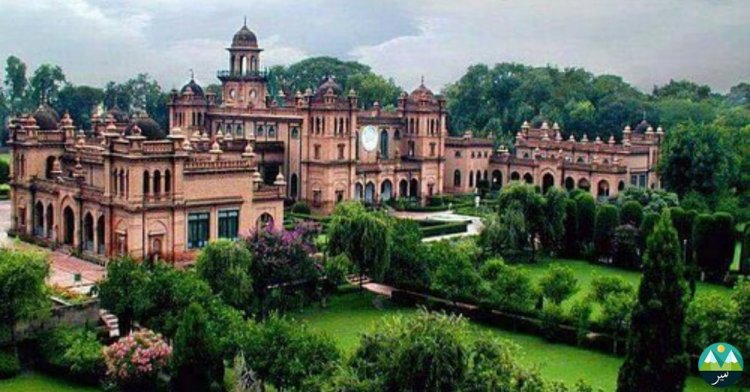
Peshawar is a historically and culturally rich city in Pakistan that attracts tourists from around the world. The city is known for its ancient architecture, traditional bazaars, and vibrant cultural scene.
Why you should visit Peshawar:
Some of the main draws for tourists visiting Peshawar include:
-
History: Peshawar has a long and rich history, and visitors can explore ancient sites such as the Bala Hisar Fort and the Mahabat Khan Mosque. The city was also an important center of trade and commerce throughout history, and the Qissa Khawani Bazaar is a popular spot to explore the traditional crafts and textiles of the area.
-
Culture: Peshawar is known for its vibrant cultural scene, and visitors can experience traditional music, dance, and theater performances. The city is also home to many museums and cultural centers, such as the Peshawar Museum, which houses a collection of artifacts and relics from the area's rich history.
-
Adventure: The Khyber Pass is a popular destination for tourists looking to explore the region's history and culture. The pass connects Pakistan and Afghanistan and is a popular destination for tourists looking to explore the region's history and culture.
-
Nature: Peshawar is surrounded by beautiful natural landscapes, such as Wazir Bagh park and Shahi Bagh garden, which offer a peaceful respite from the bustling city.
-
Food: Peshawar is known for its delicious food, particularly its street food. Tourists can try local delicacies like chapli kebab, kulfi, and keema naan.
Tourist Destinations in Peshawar:
Some of the popular tourist destinations in Peshawar include:
Bala Hisar Fort:
Bala Hisar Fort is situated on a high hilltop and offers panoramic views of the city. The fort dates back to the 15th century and has been rebuilt and expanded multiple times over the centuries by various rulers.
The fort's architecture is a blend of various styles, including Mughal, Sikh, and British, reflecting the different periods of its construction and remodeling. Visitors can see the fort's walls, towers, and gates, as well as its intricate carvings, frescoes, and inscriptions. The fort also houses a small museum, which displays artifacts and relics from the area's history.
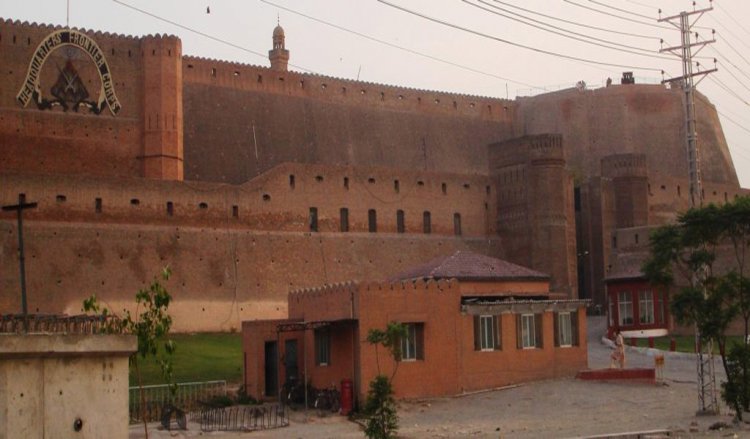
Bala Hisar Fort is open to visitors and is a popular spot to watch the sunset. It offers a great opportunity for visitors to learn about the history and culture of the area.
Qissa Khawani Bazaar:
Qissa Khawani Bazaar is a traditional market in the city of Peshawar. The market is also known as the "Storytellers' Bazaar," as it was once a place where people would gather to listen to storytellers and poets. The market is known for its traditional crafts, textiles, and souvenirs.
The bazaar is famous for its traditional food, such as chapli kebab and kulfi. Visitors can also find traditional musical instruments, such as sitars and tablas, as well as books and other literary works.
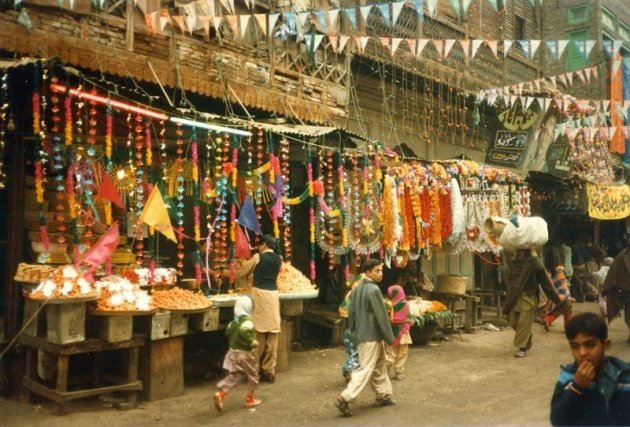
This market is considered one of the city's most important historical and cultural sites, and it's a must-see destination for visitors interested in traditional crafts and local culture.
Mahabat Khan Mosque:
Mahabat Khan Mosque is considered one of the most beautiful mosques in Pakistan and is known for its intricate tile work and calligraphy. The mosque was built in the 17th century by the governor of Peshawar, Mahabat Khan, who was a prominent Mughal nobleman.
The mosque is built of dressed stone and decorated with intricate tile work and calligraphy. The mosque's main prayer hall is adorned with frescoes and plaster decorations, and its courtyard features a large pool for ablutions.
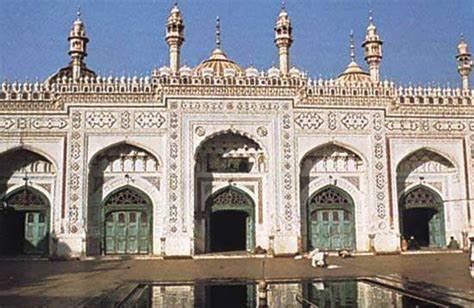
Mahabat Khan Mosque is considered a fine example of Mughal architecture and is a popular destination for tourists and locals alike. Visitors can explore the mosque's beautiful architecture and intricate tile work, as well as learn about its history and the culture of the area. The mosque is open to visitors and guided tours are available.
Khyber Pass:
This famous pass connects Pakistan and Afghanistan. It is considered a strategic point throughout history and has been an important trade and communication route between the two countries.
The Khyber Pass is known for its rugged and picturesque landscapes, with steep cliffs, narrow valleys, and winding roads. The pass is also home to a number of historical sites, such as forts, shrines, and monuments, which reflect the region's rich history and cultural heritage. Visitors can also find traditional bazaars, such as the Landi Kotal Bazaar, which sells local handicrafts, textiles, and souvenirs.
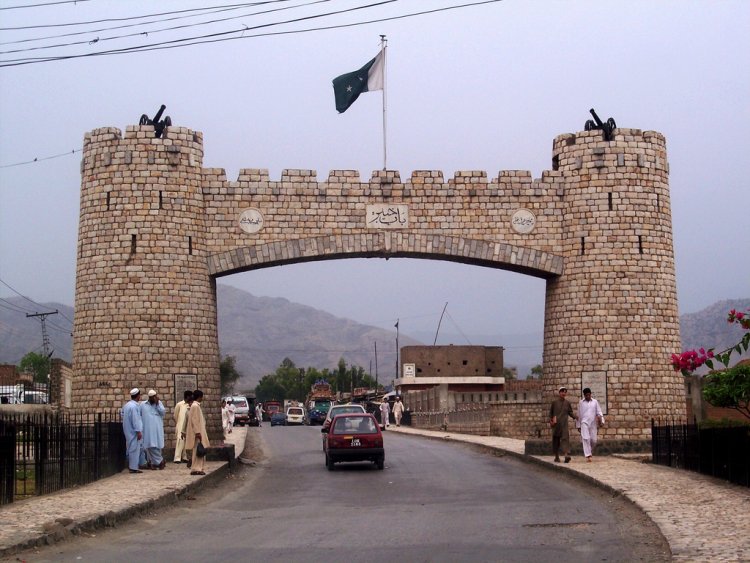
However, it's important to note that the security situation in the area is unpredictable, and travelers should check the latest security advice before planning a trip to the Khyber Pass.
Peshawar Museum:
The Peshawar Museum is also known as the Gandhara Civilization Museum. The museum was established in 1907 and houses a collection of artifacts and relics from the area's rich history, including Gandhara sculptures, manuscripts, and textiles.
The museum's collection is divided into several galleries dedicated to a different period or aspect of the region's history. It also has a library and a research center that is open to scholars and researchers.
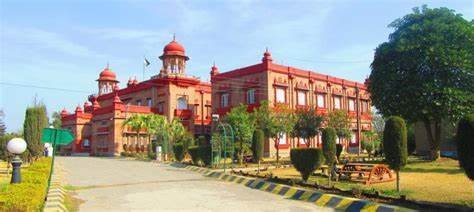
The museum is considered an important historical and cultural site of the city and region and offers a great opportunity for visitors to learn about the history and culture of the area. It's open to visitors and guided tours are available.
Shahi Bagh
Shahi Bagh is a historical garden that was built in the 17th century. It is known for its intricate landscaping and architecture. The garden includes a large central pool, fountains, and several smaller pools and channels. It is also home to a number of historical monuments, including the tomb of the famous Pashtun warrior and poet Khushal Khan Khattak. The garden is a popular tourist destination and a cultural and historical landmark in Peshawar.
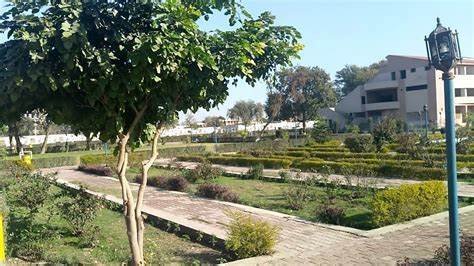
Despite being a war-torn area, Peshawar still holds much tourism potential and has been considered a safe city for tourists in recent years. Visitors are recommended to take precautions and follow the instructions of the local authorities to ensure their safety.








